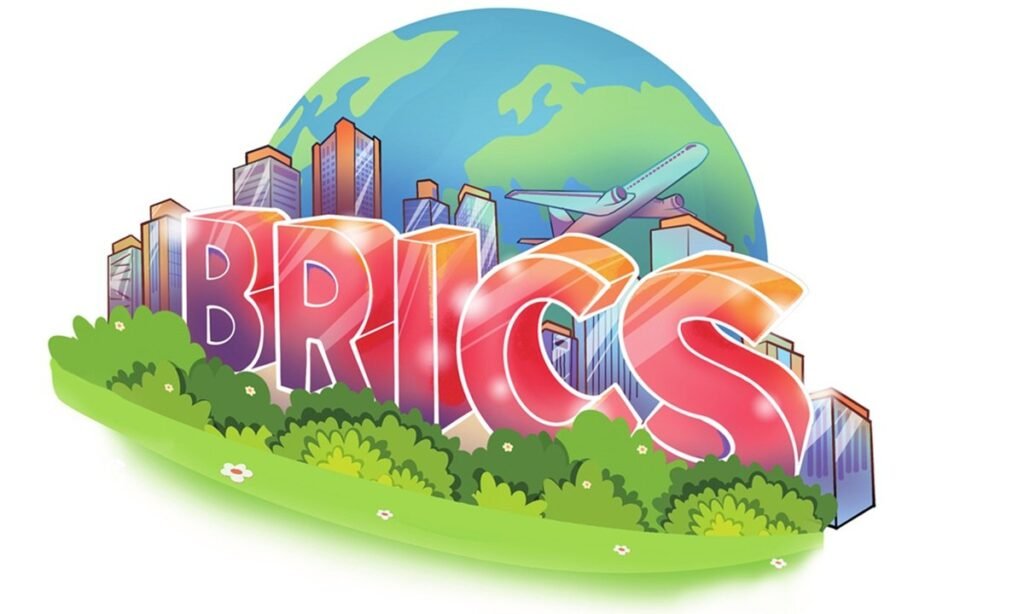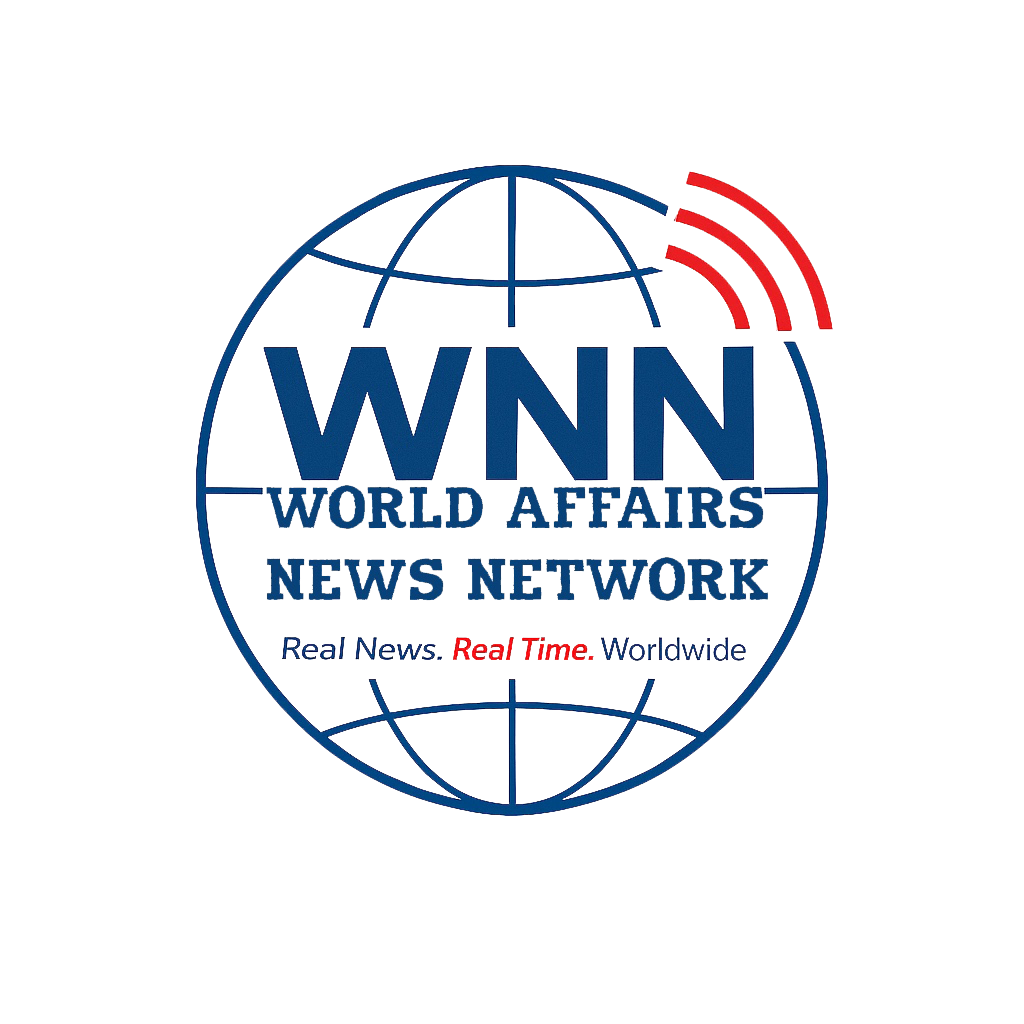NEW DELHI: In a high-stakes virtual summit on September 8, 2025, hosted by Brazil’s President Luiz Inácio Lula da Silva, the BRICS bloc delivered a unified message of defiance against rising protectionism, propelled by renewed U.S. tariff aggression under President Trump. Lula branded the 50% duties on Brazilian exports as “tariff blackmail,” attributing them to politically motivated pressure because of Brazil’s internal politics and accusing Washington of undermining fair global trade. He pressed for deeper trade and financial integration among BRICS nations to guard against such coercive tactics .
India, represented by External Affairs Minister S. Jaishankar, underscored the necessity of maintaining “fair, transparent, inclusive, and rules-based” economic practices, warning that trade wars and unilateral sanctions not only hurt global stability, but disproportionately impact the Global South. He emphasized the urgent need to build more resilient, reliable, redundant, and shorter supply chains to shield countries from systemic shocks .
Chinese President Xi Jinping, speaking via video link, portrayed BRICS as the voice of the Global South. He urged all members to uphold multilateralism, defend international fairness and justice, and prioritise open, cooperative globalization, which he described as an “irresistible trend of history.” He called for reform in the global governance system to expand representation and mobilize resources across all regions, aiming for genuine equity in international institutions
Egyptian President Abdel Fattah el-Sisi added moral weight to the discussion by denouncing the “flagrant dualism” in international politics and the paralysis of the UN Security Council, pointing to systemic bias and calling for urgent institutional reform .

The absence of Prime Minister Narendra Modi, replaced by Jaishankar was not lost on analysts. Observers, including strategist Brahma Chellaney, noted this conveys India’s cautious, non-confrontational posture toward the U.S., reflecting Modi’s strategic pivot toward preserving bilateral ties even amidst bloc solidarity .
These cumulative statements signal that the BRICS summit, once procedural has become a platform for asserting alternative international structures. Earlier planning across capitals had paved the way, as Lula initiated calls with Modi, Xi, and other leaders in August to coordinate a response to Trump’s tariffs .
While no joint communiqué emerged perhaps a reflection of ideological divergence the summit’s coherent thrust was clear: the bloc is exploring mechanisms that sidestep Western-dominated systems, from local-currency trade to alternative financial infrastructure .
Looking ahead, the implications are substantial. First, BRICS appears poised from talk to action to emerge as an alternative governance architecture where global institutions lag. Second, with India set to chair BRICS in 2026 and champion its “Building Resilience and Innovation for Cooperation and Sustainability” (BRICS) vision rooted in the Global South ethos, New Delhi’s reformist agenda could gain traction .
Third, heightened U.S.-BRICS tensions may recalibrate India’s foreign policy, pushing it into deeper cooperation with China and Russia, while still maintaining strategic autonomy with Washington .
If Western-led multilateralism continues to flatline, BRICS appears ready not only to assert itself, but to reshape the rules of the game. Harnessing economic solidarity, reformist energy, and institutional innovation, the bloc is increasingly acting less as a passive alliance and more like a constellation of rising poles, each with forward-looking ambitions that collectively hint at a shifted world order.
– Dr. Shahid Siddiqui; follow via X @shahidsiddiqui
WATCh, LIKE and SUBSCRIBE CHANNEL




















